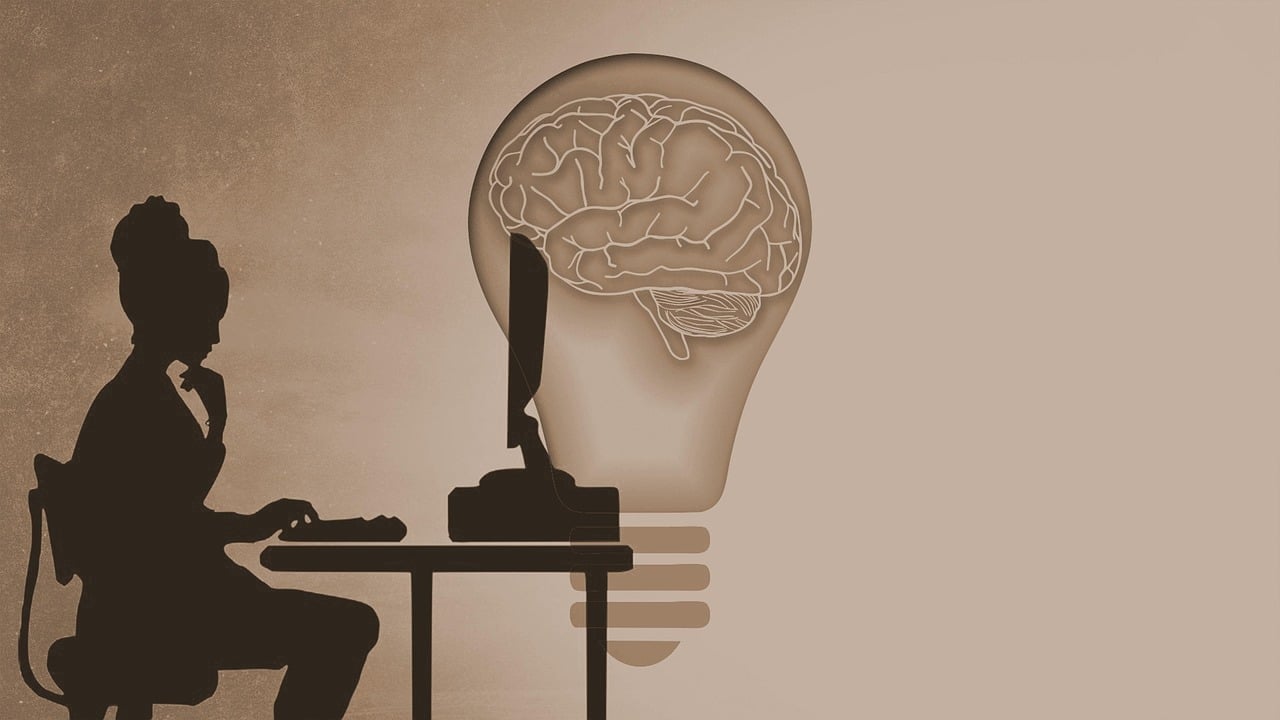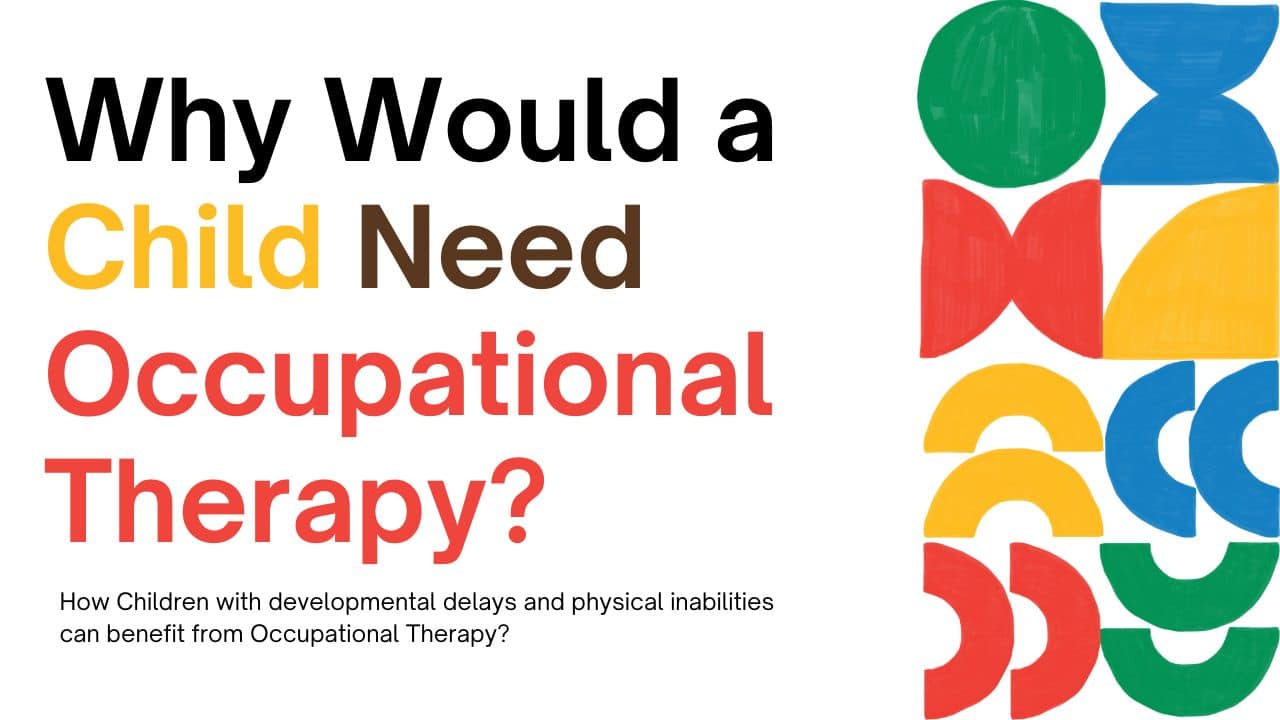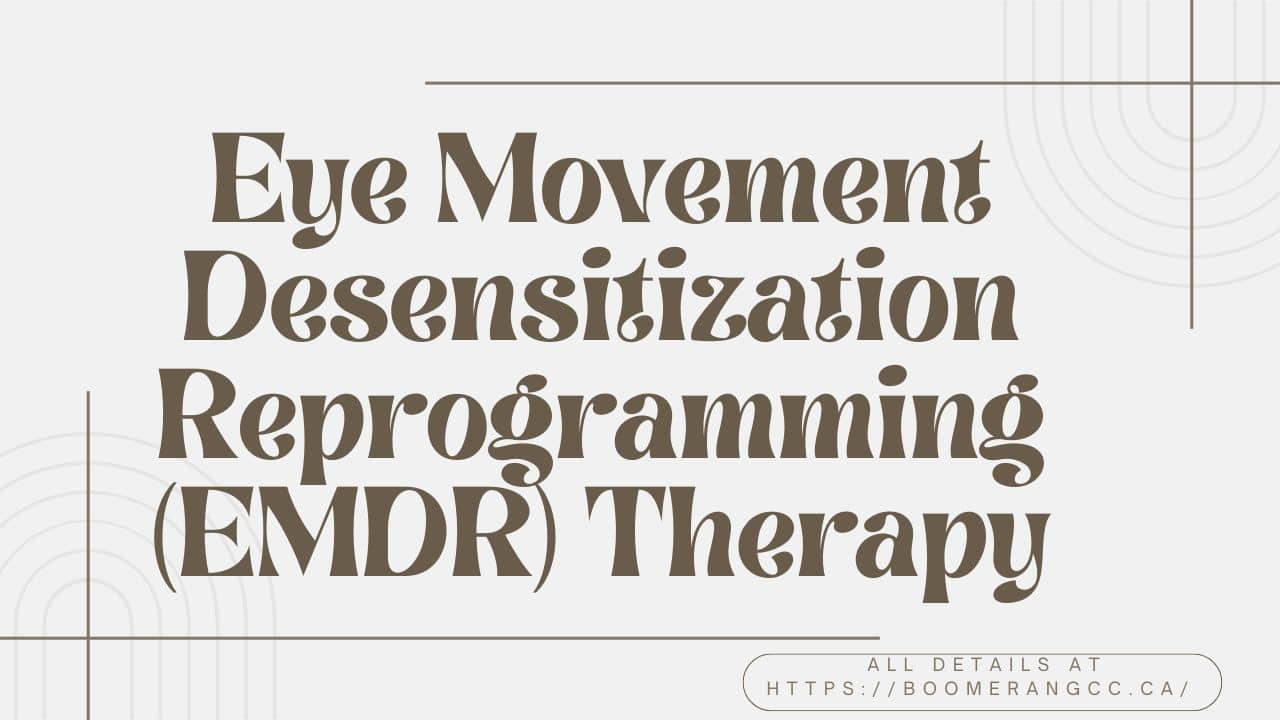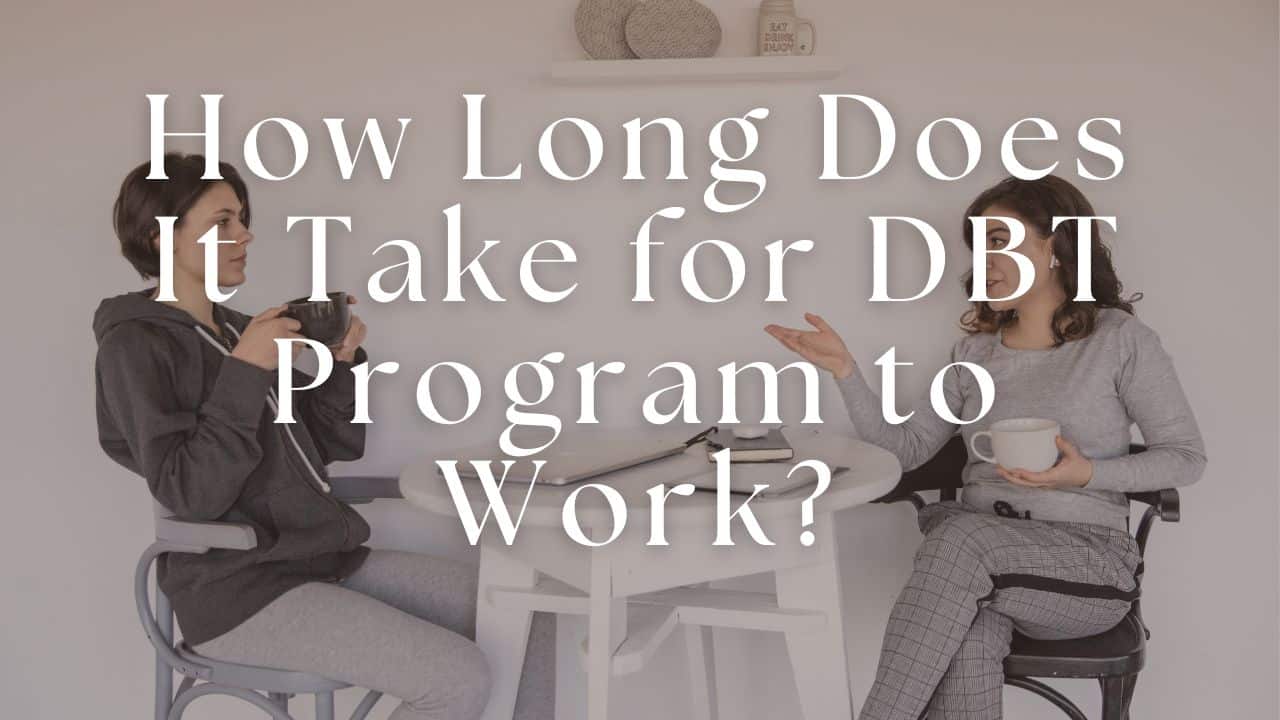Eye Movement Desensitization Reprogramming (EMDR) Therapy is a type of psychological treatment that works deeply on your reflexes connected to your emotional triggers and specific thoughts. This type of therapy is suitable for all ages and individuals.
The success rate of this therapy is outstanding and can be swift depending on the individual situation and history; sometimes, people start experiencing relief in their fight against their trauma within 3-4 sessions. EMDR stands confident regarding its numerous benefits. In this article, we will learn about EMDR and, more importantly, what are some of the highlighting aspects of this therapy.
How EMDR is Different
EMDR is not a regular counselling therapy. During normal therapy sessions, individuals sit down and speak with a therapist about matters concerning them. They express their problems, experiences, and feelings.
The EMDR functions differently, however. You talk a bit, but the central point is how your brain treats the painful memories. That is why some do not refer to it as talk therapy but rather as EMDR therapy. It remains a therapy, but it uses a different mechanism to aid brain and body recovery.
Why Trauma is Bad for the Brain
The brain and body need to adequately prepare themselves for negative circumstances that can occur. When overtaxed, the mind can become paralyzed. This means that once the experience is over, the individual may continue to experience the fear or pain associated with the situation (PTSD – post-traumatic stress disorder), even in later years (complex PTSD), which both contribute to anxiety.
The memory may recur repeatedly in the form of flashbacks, nightmares, panic, or hypervigilance. The body may also be fearful or jumpy for no apparent reason.

What Happens During EMDR Therapy?
During Eye Movement Desensitization Reprogramming Therapy, the individual focuses on a traumatic recollection while the practitioner stimulates a bilateral movement across the two sides of the brain through a back-and-forth process. This motion could involve side-to-side eye movements, tapping on hands, listening to sounds moving from ear to ear, or holding a device that creates alternating taps on the hands. This is termed bilateral stimulation.
Over time, the brain begins to work through, or go over, the memory. Gradually, the intensity related to the memory dissipates, which means that it does not appear as strong as before. When the individual thinks about the memory, they feel less nervous.
EMDR is a Quick Process for Some Individuals
It is said that Eye Movement Desensitization Reprogramming Therapy can be effective when other treatments fail to yield results. Many clients get relieved within a short number of sessions. It is effective in the treatment of PTSD, and it is also helpful in treating anxiety, panic attacks, depression, low self-esteem, and fears.
However, such claims of success should be taken with caution. People are complex, and therapy is often layered and requires more than a few sessions of EMDR to facilitate a renewed level of self-understanding. Additionally, there may be other factors contributing to symptoms.
EMDR can be done even on people who are not keen on discussing their trauma. This is one of the causes why it is special. There is no need to discuss all the details of the recollection. The treatment is administered to the brain through concentration and movement rather than words.
Is EMDR talk therapy?
EMDR is not regular talk therapy. You do not just sit and talk throughout the session. You can provide a brief moment of what you’re feeling or a demonstration of your thoughts. The therapist will not get you to explain every detail. However, they will ask you how you feel.
Nevertheless, a certain amount of talking is involved during EMDR. After the memory work, you and the therapist will make a follow-up. You will present what is on your mind or what you are feeling. It, therefore, restores communication and trust between the therapist and you, even though it is not pure talk therapy.
What to Expect at a Session
EMDR has eight steps; however, each step is straightforward to follow. Initially, you discuss your history and past. Then, the therapist prepares you for EMDR work. And you select a memory that hurts. You reflect on that memory during the session whilst moving your eyes or tapping.
Finally, the therapist attempts to determine whether you feel better and helps you plan the next session. After the session, you may feel weak or emotional, and this is perfectly acceptable. In a few hours, you will feel as though you were lighter.
Who is EMDR Suitable for?
Most people can try EMDR. However, it is advisable to consult a qualified therapist. Only trained specialists are authorized to conduct EMDR sessions. Therefore, seek a certified therapist.
Not all people can start EMDR immediately. As an example, when a patient is highly emotional, in a crisis, or possessing specific mental issues, then a therapist may provide them, first of all, with a sense of stability and security.
The Reason Behind the EMDR Helping Process
Researchers believe that EMDR is effective because it activates the brain in a similar manner to sleep. It is during such a phase of sleep that we reprocess memories. The eye movements during EMDR can help the brain analyze and process painful thoughts more effectively.
Our brain is powerful. Through proper treatment, trauma can be effectively targeted and processed. EMDR is one such tool that helps the brain do so.
What is a Counselling Session like for EMDR Therapy?
The counselling room is a secure and relaxed environment to discuss things and feel at ease. To make you feel comfortable, your therapist will be there to assist you. They want you to feel okay there.
The therapist will take you in Confidence
Initially, your therapist will explain basically how privacy works and obtain your consent. This means that they will ensure you are aware that your information is secure and that it will only be shared in cases where a legal reason necessitates disclosure.
Initial Questions
The therapist might pose a couple of initial questions concerning you. They can describe the way the counselling will be or begin by asking why you have dropped in today.
The Counsellor will Listen to You
A significant portion of the session is devoted to listening to you. The counsellor will use soft questions to help them understand your story and what you are going through. They desire to know what appeals to you the most.
Every person is unique. Therefore, every session is diverse. The therapist and you will go together to agree on the best approach to help you. The primary goal is to make you feel understood, not just heard! Counselling also enables you to put meaning into your emotions and take more control over them.
Read More About: What is Emotion-Focused Therapy (EFT)
The Therapist will Tell You About the Upcoming Counselling Sessions
As the end of a session is approaching, you and the therapist will discuss what is going to come next. Would you like to see one another weekly? Every two weeks? One time every month? Or only when you will need it? What works best for both of you will be decided.
At Boomerang Counselling Centre, sessions are tailored to meet your specific needs and requirements. Some people come to work on a goal. Others seek help with a problem or want to gain a deeper understanding of themselves. Others merely require a space to communicate about their feelings and to be encouraged. Regardless of your issue, the therapist will be there to guide you through it.
The world has more than 1,000 varieties of therapy styles. A significant number of them have documented studies proving their effectiveness. However, some of the most critical research demonstrations indicate the following facts: it is the relationship between you and your therapist that counts the most of all. When you feel safe and understood, real change can happen.
It is the most crucial thing when starting therapy, as that is the time to find the right therapist who suits you.
EMDR in North Vancouver
This type of therapy is based on the memories in the brain that evoke powerful emotions, even when we don’t have the opportunity to control them. A trusted place to have an EMDR session in Vancouver is the Boomerang Counselling Centre. Boomerang was created to provide a safe experience where people can feel understood, supported, and taken care of. Our mind needs the appropriate kind of care as much as our body does water to thrive and grow healthy. People in Boomerang are not judged, and they receive assistance to proceed.
Not only are the therapists at Boomerang trained, but they have also experienced difficult times themselves. Their experiences enable them to relate to the people they come to rescue closely. They know about suffering and recovery, and they apply that knowledge in all their sessions.
Boomerang offers affordable therapy provided by master’s-level interns and registered clinical counsellors. They do not aim to fix people but to help them grow in a manner that is respectful to them, so that they receive the best possible treatment as a natural outcome.
In addition, they assist children and adolescents in their learning, behavior, anxiety, attention, emotions, and social issues. They also help families that have gone through legal problems with parent coaching, counselling, and reports. Before the full therapy sessions, you have the option to have a brief consultation with the therapist to determine if you and the therapist are a good fit.
Final Thoughts
EMDR is a strong type of treatment. It is not similar to talk therapy, yet it is beneficial. It does not wipe off your past. Instead, it helps your brain understand that the past is indeed in the past. Now you are safe.
EMDR can be the right solution if you feel traumatized and have some painful memories. In case of difficulty expressing your pain, this form of therapy will provide you with an easy option to release your pain.









